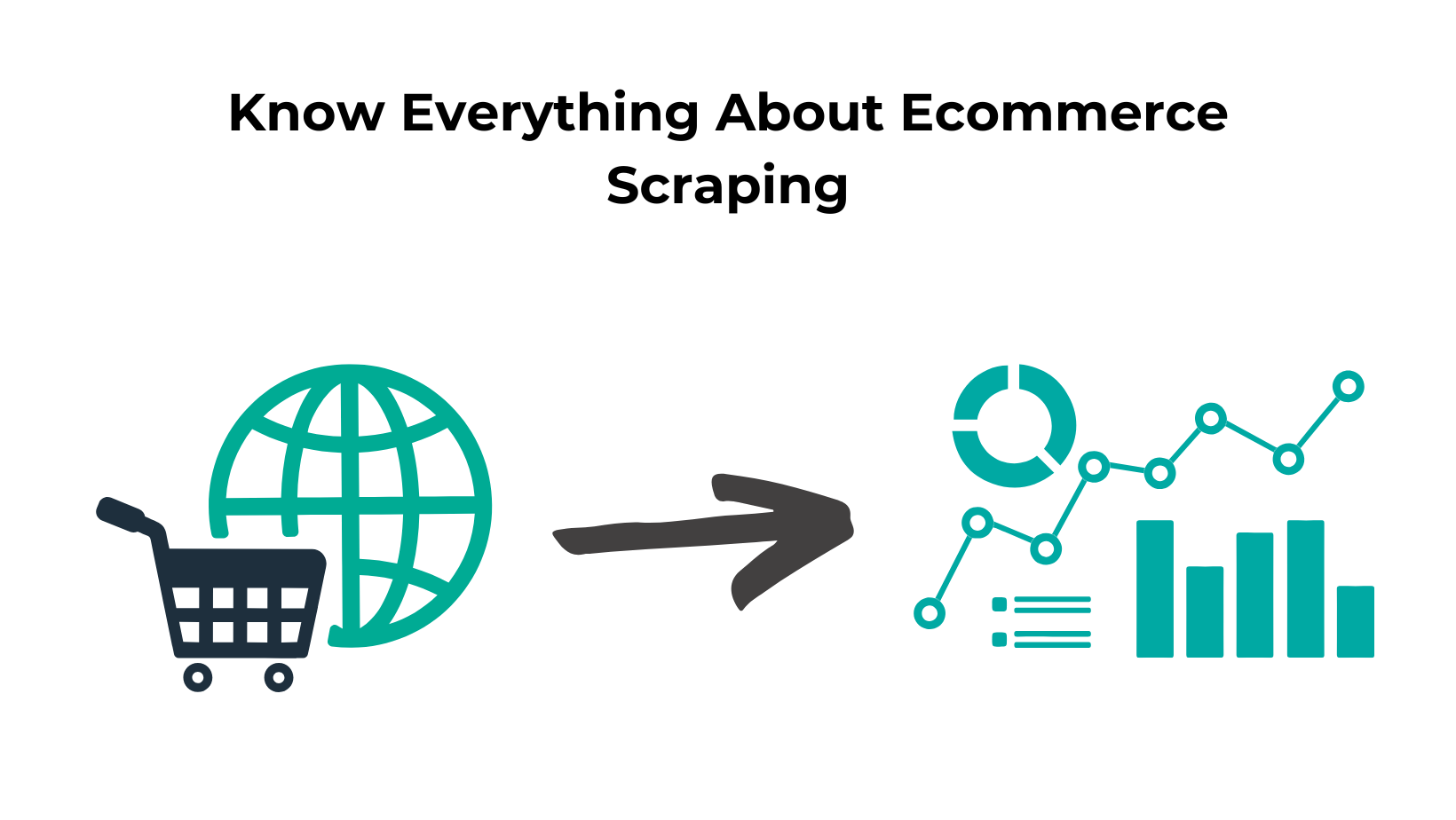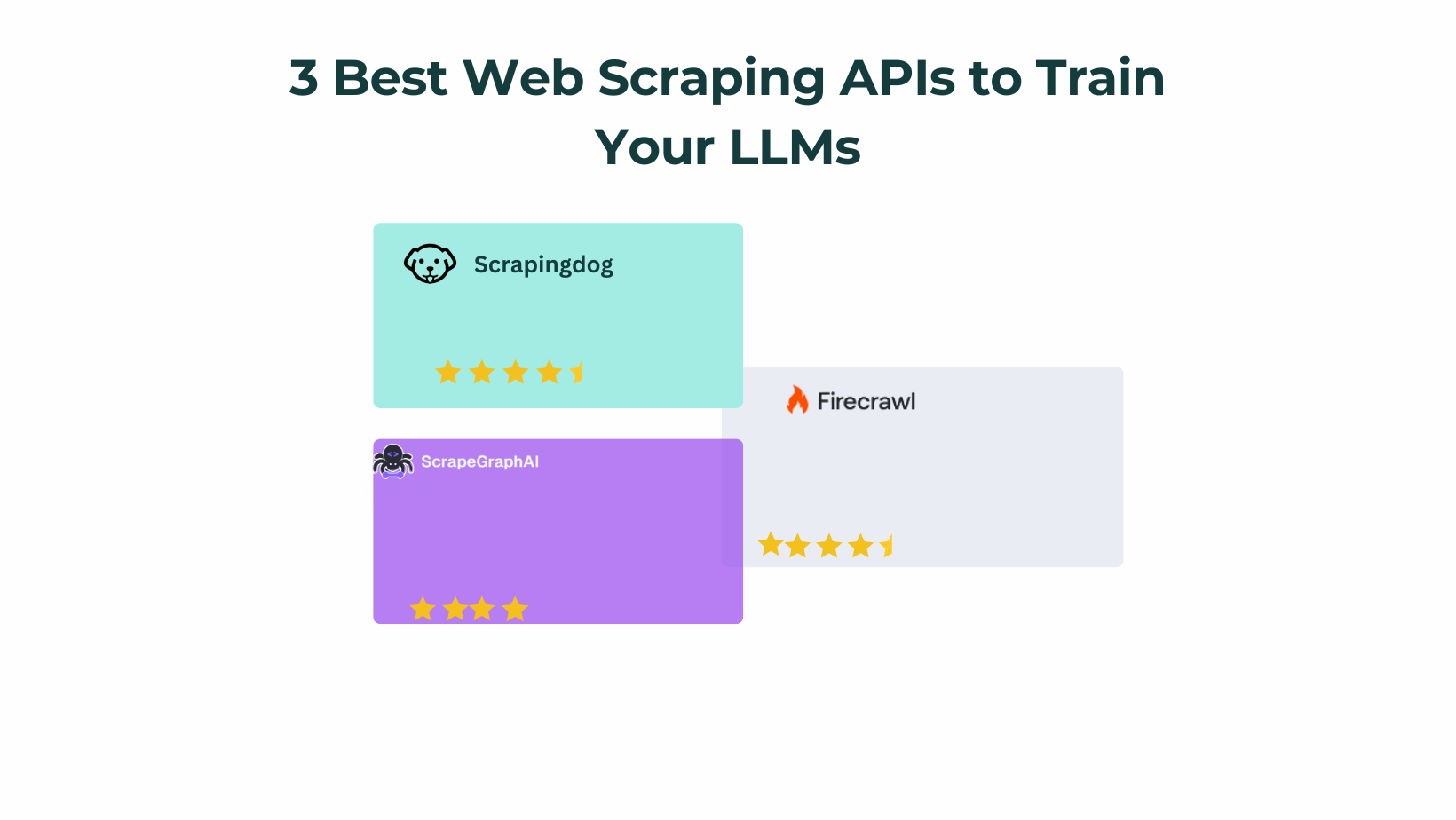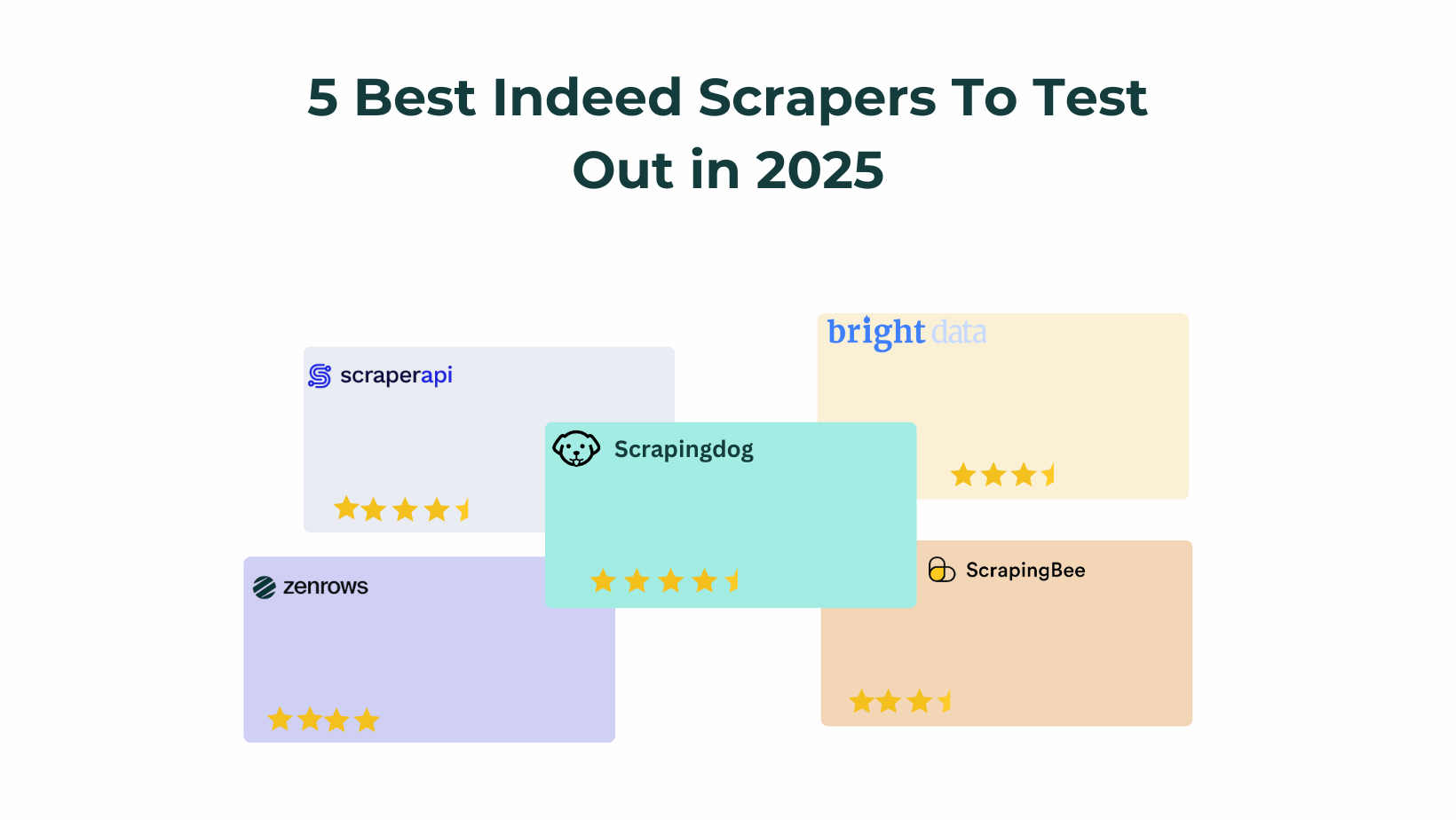TL;DR
- Why: scrape prices, stock, reviews & trends for competitive, product, and market insights.
- Pain: anti-bot blocks, layout changes, and geo variance → use proxies + headless browsers.
- How: DIY (Python/BS4, Node/Cheerio + Selenium/Puppeteer/Playwright) or use Scrapingdog to handle proxies, JS, and scaling.
- No-code option: via Scrapingdog’s Google Sheets add-on; start with 1 000 free credits.
In the digital economy, data drives everything, especially in the e-commerce sector, where prices, availability, reviews, and trends shift rapidly. If you’re a business owner, developer, or data analyst, scraping e-commerce data can give you a competitive edge.
Whether it’s tracking competitor prices, analyzing reviews, or monitoring inventory levels, web scraping helps you extract actionable insights at scale.
In this guide, we’ll explore how to scrape e-commerce data and examine its use cases.
Why Scrape E-commerce Data?
There could be multiple reasons for scraping e-commerce data. Let’s discuss a few of these points:
- Retailers can adjust their pricing by tracking the prices of their competitors.
- Retailers can scrape e-commerce data to analyze which keywords their competitors are running ads.
- Companies can track popular products, seasonal trends, and consumer demand across categories.
- Monitor SKU availability, listing changes, and promotions of competing brands.
- Create your own product feed or price aggregator using scraped product listings.
- Analyze large volumes of customer reviews to gain insight into product perception.
- Track stock changes on competitors’ websites to gauge sales velocity and demand.
Challenges in Scraping E-commerce Platforms
- Many websites have an anti-bot protection mechanism that prevents data access through automated data scraping tools. They mainly block your IPs and prevent further scraping.
- E-commerce websites frequently update their layouts, which ultimately breaks the scraper. However, with the integration of AI in e-commerce, businesses can develop more adaptive and intelligent scraping systems that automatically adjust to layout changes, ensuring data extraction remains consistent and efficient.
- Prices and stock availability vary by region, so it’s important to consider geolocation when scraping any e-commerce website.
How to Scrape E-commerce Data: Tools & Techniques
Python (BS4 +Requests) orNodejs (Cheerio +axios): These programming languages can be used to scrape e-commerce websites. But scraping without proxies will not be considered a scalable process. If you’re using Python, use a proxy with Python to avoid getting blocked and to keep your data pipeline stable. The same goes for any other language.- If a website loads its data using JavaScript, simple GET requests with tools like
requestsoraxioswon’t be enough. In such cases, you’ll need to use browser automation tools like Selenium, Puppeteer, or Playwright. These tools render the full page, allowing you to access and scrape the dynamically loaded content. - If you want to avoid the headaches of managing proxies or headless browsers, you can use web scraping APIs like Scrapingdog. It handles everything for you, from rotating proxies to rendering JavaScript, using its large pool of proxies and headless browsers to scrape e-commerce websites efficiently.
- If you’re not a technical user, you can use the Google Sheets Add-on from Scrapingdog to extract data directly into your spreadsheet. No coding required, no setup hassle.
Conclusion
Web scraping e-commerce data can supercharge your competitive strategy, help you stay on top of market trends, and enable smarter product decisions. With the right tools and techniques, you can automate data collection across multiple platforms and unlock insights at scale.
Already scraping Amazon, eBay, or Walmart? This guide gives you the bigger picture, and if you’re new, it shows you where to start.


